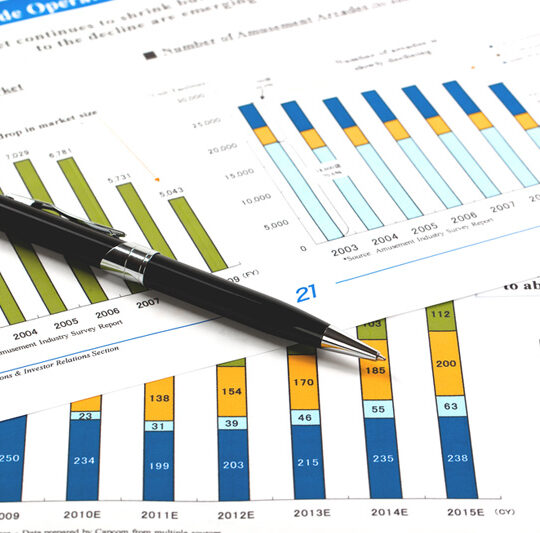
MUNCIE, Ind. – Inflation is the decline in the value of currency caused by an increase in the supply of money.
The supply of money is increased by excessive government deficit spending or excessively loose monetary policy, typically low interest rates. We measure this decline in the value of currency through an increase in the price of goods and services. That’s it. That is inflation.

The United States, along with much of the developed world, is at the tail end of a surge of inflation that is higher than it has been for more than 40 years. This inflation has affected every good and service, as well as tax revenues and spending. There have also been real effects on prices, unrelated to inflation. Supply chains were clobbered by business closures, and most countries experienced significant labor force shocks due to COVID. People died, and people chose to remain at home. All these affected consumption and prices.











